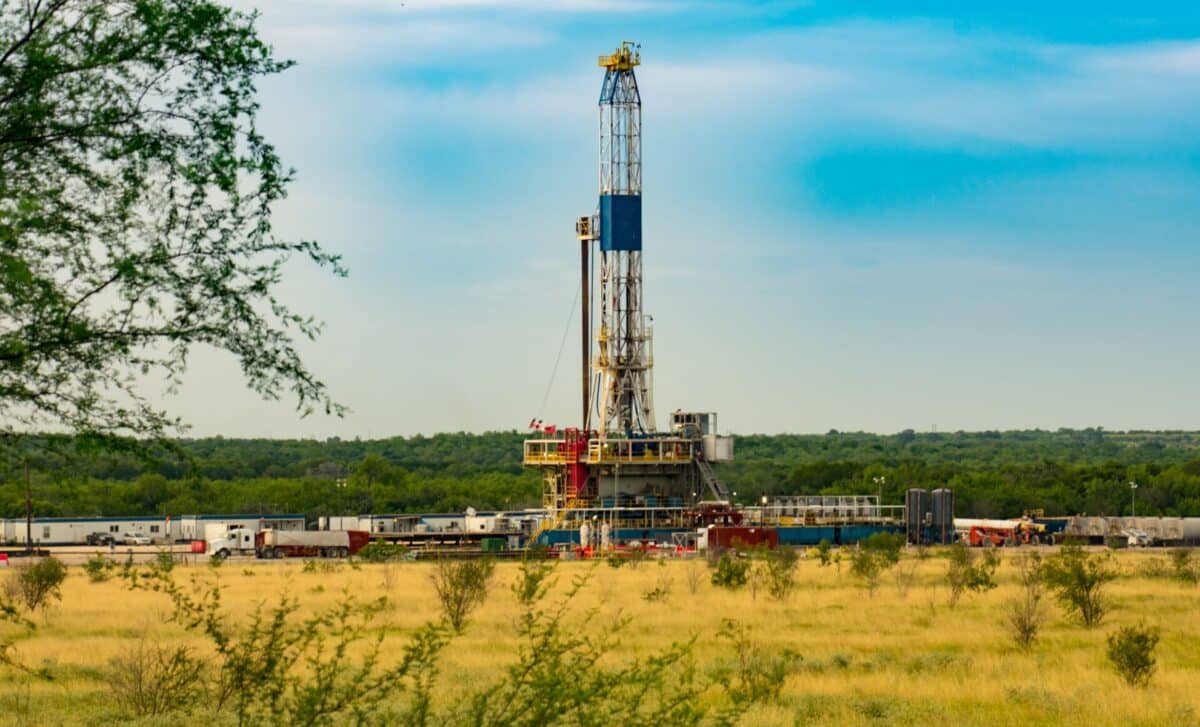US energy firms and investors are turning their attention back to the Haynesville shale basin in response to President Donald Trump’s decision to lift the moratorium on new liquefied natural gas (LNG) export projects. The shift is reigniting commercial and strategic interest in a region considered crucial to the future of American gas exports.
Located in east Texas and northwest Louisiana, the Haynesville basin offers logistical and chemical advantages for LNG production. The basin’s proximity to Gulf Coast export terminals and the relatively clean composition of its gas make it a prime candidate for new investment, especially as US LNG output rises.
New LNG Policies Drive Upstream Investment
The Haynesville basin, long overshadowed by the prolific Permian and Marcellus formations, is seeing renewed investment following a policy shift under the Trump administration. According to Reuters, the recent reversal of a moratorium on new LNG projects has spurred US gas producers and private equity firms to intensify operations in this region.
Energy firms are preparing for a surge in gas demand, with LNG exports expected to grow steadily over the coming years. Aethon Energy, one of the largest operators in the basin, is evaluating both asset sales and a possible initial public offering to capitalize on growing market interest.
“I think everyone is really going to jump back into the Haynesville,” said George Whittington of Proven Resources, which is raising a $25 million fund to acquire mineral and royalty rights in the area.
International interest is also evident. Tokyo Gas, Japan’s largest city gas provider, has committed to spending at least $1.9 billion in the US shale market between 2026 and 2029. This move follows geopolitical supply concerns linked to sanctions on Russia, underscoring Haynesville’s emerging global relevance.
Cautious Optimism Amid Economic Constraints
While enthusiasm is growing, producers remain wary of overextending amid uncertain pricing.
The basin’s breakeven cost for new production stands at approximately $3.75 per million British thermal units (mmBtu), significantly higher than the Marcellus region’s $2.15, according to Energy Aspects. Current futures hover below the $5.00 threshold analysts say is needed to support long-term ramp-up.
“Producers are nervous about getting in front of demand again, because they did it last year, and it was painful,” said Gordon Huddleston, president of Aethon Energy, referencing the mild 2023 winter that dampened prices.
Still, the cleaner gas composition of Haynesville and its geographic fit for Gulf Coast LNG infrastructure offer significant advantages.
According to Momentum Minerals, which is raising its fourth fund in partnership with Apollo Global Management, parts of the basin previously acquired during price slumps are now expected to come online—provided operators exercise discipline.









